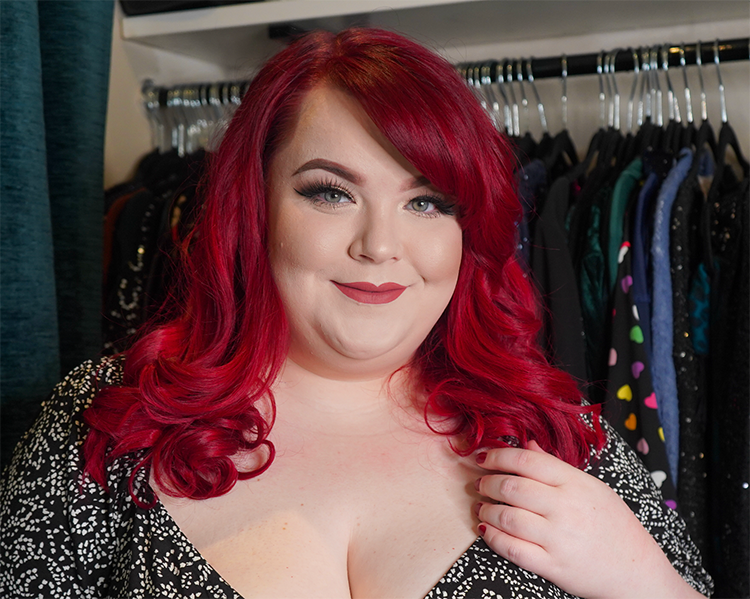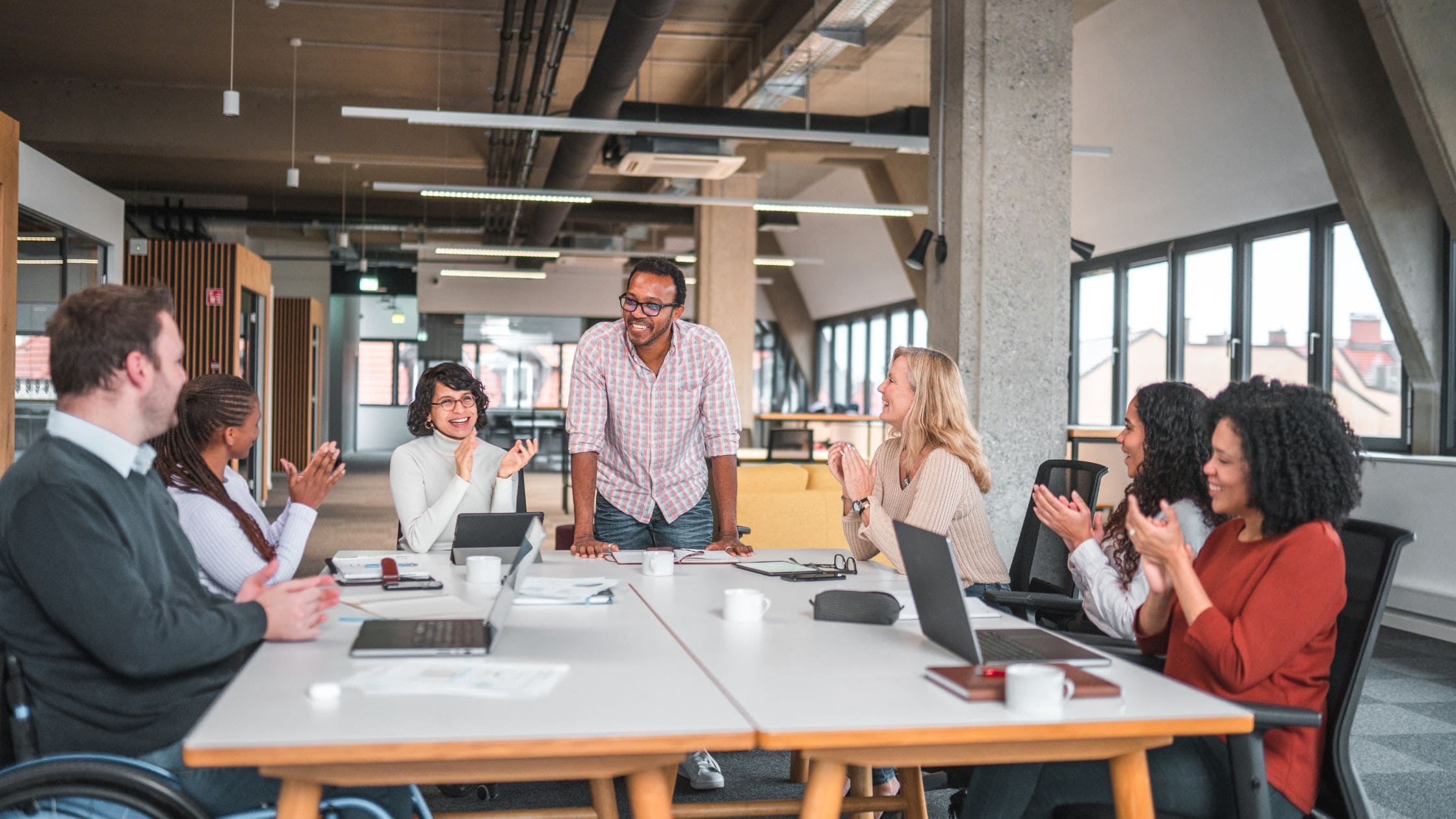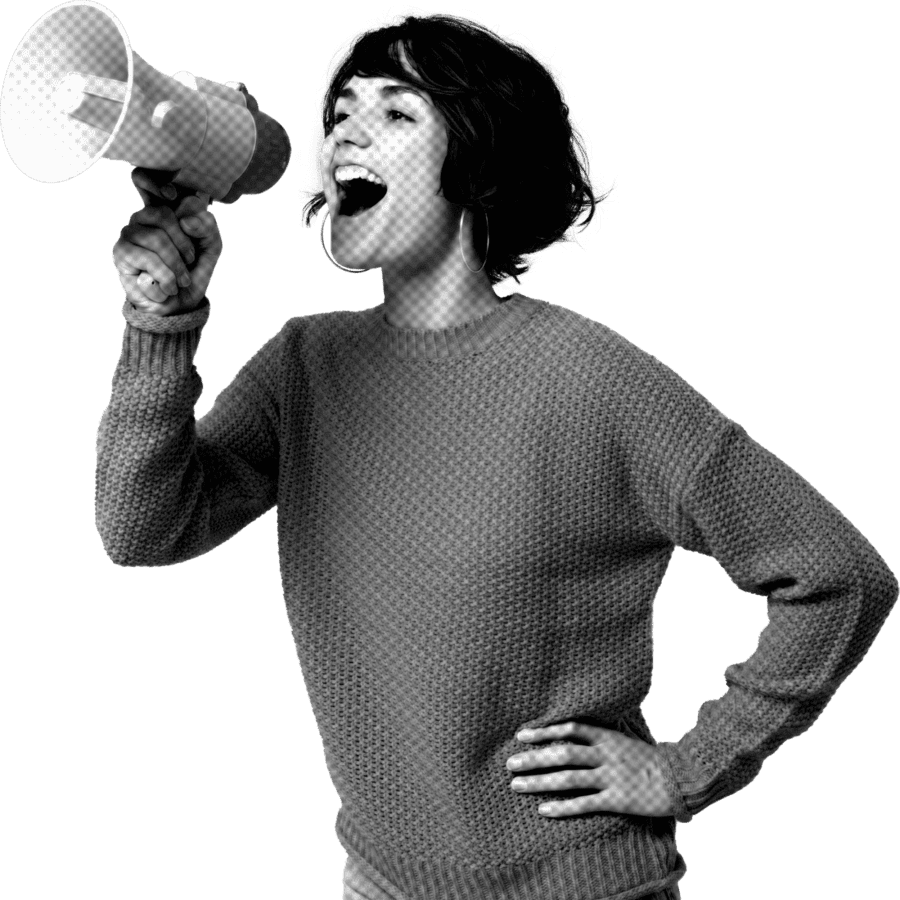My name is Georgina, I have been in the content creator industry for nearly 11 years, and I have spent a decade of those disabled. My main content verticals have always been beauty, fashion and lifestyle, working with a variety of brands in those industries for over a decade. Today, I wanted to talk about fashion and disability, and more specifically, why fashion brands should be working with disabled content creators, including the benefits this can bring to businesses, as well as to society.
The fashion industry has always been criticised for its lack of inclusivity and diversity. From runways to magazines and everything else in between, if you ask the average person if they feel represented in fashion campaigns, the answer is most likely no.
It’s estimated that 1.3 billion people are disabled, or one in six, making it the biggest minority in the world. However, we rarely see the disabled community represented in fashion campaigns, runways or billboards. If fashion brands want to represent what our society actually looks like, they must include disabled people in their marketing and comms activities.
What Does It Mean To Be an Inclusive Fashion Brand?
An inclusive fashion brand is one that understands the importance of representing and catering to everyone in society, including the disabled community, as well as embracing diversity and prioritising accessibility. Inclusive fashion brands empower marginalised communities within their designs, marketing, and overall brand ethos. These brands aim to challenge traditional beauty standards and promote inclusivity and acceptance within the industry.
It’s sad to say, but there are very few brands that are actually championing diversity and inclusivity when it comes to fashion. If we talk about size inclusivity, for example, to be truly inclusive they would have to cater to a size 32+, or offer bespoke custom sizes, and similarly, to be truly diverse they would have to make sure they’re using a diverse range of models in their marketing.
Snag, Topsy Curvy, Molke, and Loud Bodies are the few brands I’ve personally tried and love that not only make sure to be fully size inclusive, but always use a diverse range of models and content creators in their marketing activities.
However, inclusion goes beyond representation, and there are lots of things that fashion brands can do in their inclusion journey, from researching what their customers think and need from them, to creating accessible social media content, as well as working with a diverse range of content creators.
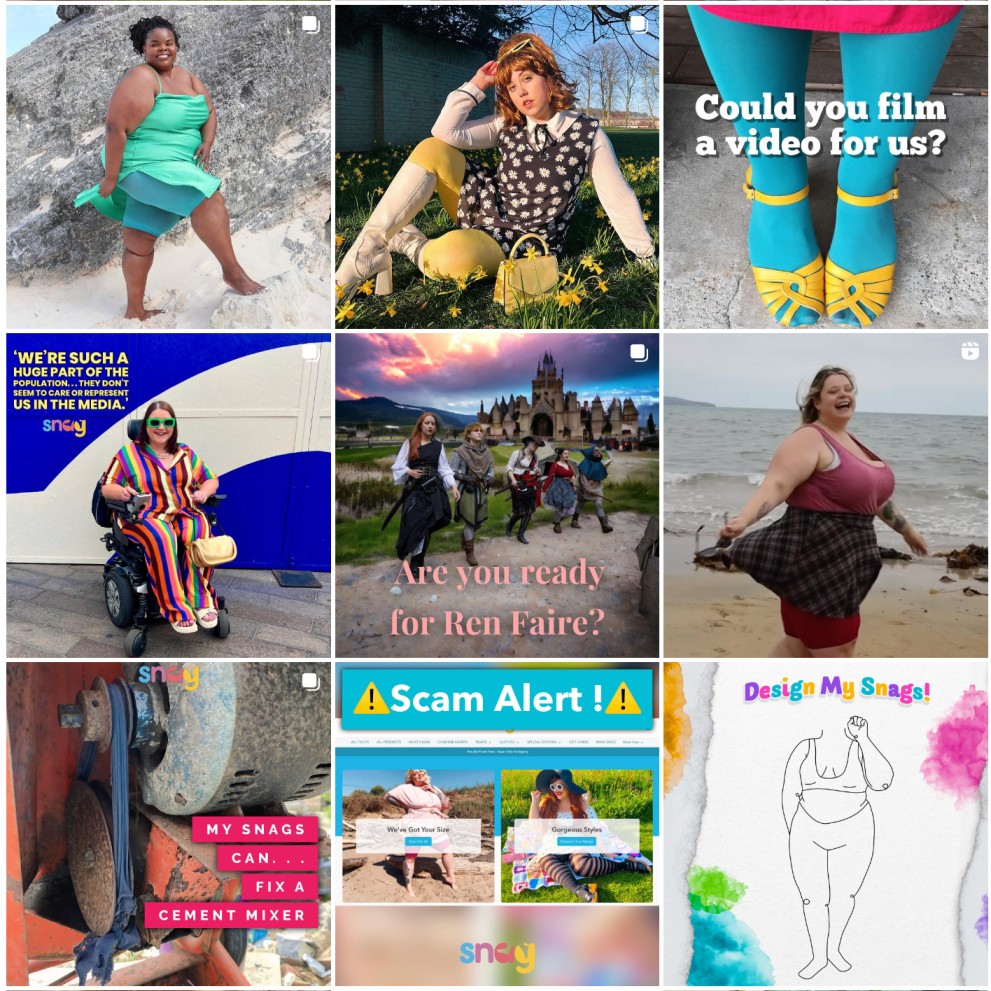
The Benefits of Fashion Brands Working with Disabled Content Creators
From enhancing brand awareness and reach, to improving brand image, there are endless advantages for fashion brands – and companies in general – working with disabled creators. Content creators and bloggers are still one of the most cost-effective ways to market your brand with their fresh takes on products promoting brands to a whole new audience. It’s also a good way to target specific niches making sure the product reaches the right market.
In today’s blog post I will be going through some of those.
Promoting Inclusivity and Diversity
Collaborating with disabled content creators can help fashion brands promote inclusivity and diversity within their campaigns, designs, and messaging. Featuring disabled creators ensures brands can showcase a more representative and inclusive portrayal of beauty and style, which would resonate with a wider audience.
In the same way, it would help people feel more connected with the brand, feel more welcome to shop there and support them, and most importantly, feel seen and represented. If more fashion brands started working with disabled content creators and showing a more diverse range of people in their campaigns, other brands would follow suit!
Challenging Stereotypes and Stigmas
Working with disabled creators can help challenge stereotypes and stigmas surrounding disability, promoting a more accurate and positive representation of individuals with disabilities in the fashion industry. There are many challenges, stereotypes and misconceptions associated with being a disabled person. I know, from seeing my fellow disabled content creators, how much it helps to see disabled people in different settings, doing different things, wearing bright, bold clothing, or having brightly coloured mobility aids.
If more people saw disabled people in marketing campaigns, on runways, or in magazines, it would help normalise the image of disabled people doing everything that other non-disabled people can do. By showing disabled content creators working with fashion brands, it would open up the disabled community to a whole new audience and therefore help debunk old preconceptions about the community.
Encouraging Innovation and Adaptability
Disabled creators bring unique perspectives and experiences to the table, which can inspire innovative and adaptive designs that cater to a wider range of needs and preferences. When brands are truly open to listen to what their customers want and need, amazing things can happen.
A clear example is the latest adaptive underwear range from Primark, although not fully size inclusive or easy to obtain (with it only being available in selected stores) it still is a great example of when listening to the disabled community works out for everyone. Collaboration with disabled creators can lead to the development of more accessible and functional fashion, benefitting not only the disabled community but also a broader customer base.
More and more often we’re seeing that customers want to know about brands and their owners, they want to see behind the scenes and they want to feel involved. Working with disabled content creators would help brands be seen as more inclusive and more appealing to their disabled customers.
Enhancing Brand Image and Brand Loyalty
Brands that actively support inclusivity and diversity by working with disabled creators, can enhance their brand image and gain greater customer loyalty. Personally, I always want to shop more from brands that represent and welcome me.
Additionally, the Purple Pound, which refers to the spending power of disabled households (around £274 billion in the UK alone) is incredibly important for brands to consider, as disabled customers want to support brands who support them right back.
I often hear my friends loudly and proudly saying that they’ve bought from disabled shop owners, or how a brand always works with disabled content creators. Similarly, I also see my fellow disabled content creators celebrating a campaign that includes disabled people, and sharing it for everyone to see across their platforms. This definitely enhances a brand image and reputation, what brand wouldn’t want that?
Empowering Others in the Disabled Community
Collaborating with disabled creators can empower individuals with disabilities by providing them with visibility and opportunities within the fashion industry, inspiring them to pursue their creative passions.
From simply just motivating someone to start wearing more bright colours, to encouraging others to start content creating themselves, or even empowering someone to start trying new things. There is a huge positive impact to come from working with disabled content creators.
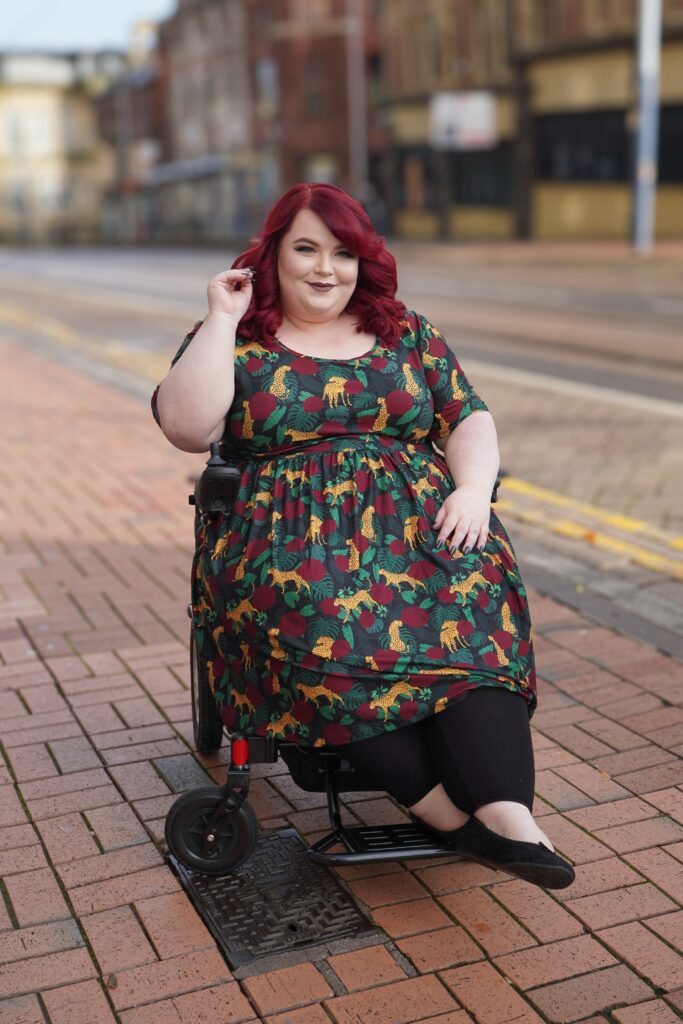
Conclusion
It is clear how beneficial content creators, and influencer marketing in general, can be to fashion brands. Working with disabled creators can help brands create a more inclusive, innovative, and socially responsible image, while also positively impacting the lives of individuals with disabilities and the broader community.
The disabled community is often an untapped market for most brands. Disabled customers would be more open to spending their Purple Pound if they saw themselves authentically represented by brands, in everyday settings, and helping to combat old stereotypes. It’s a win-win situation for everyone!
Purple Goat is one of the few agencies that not only works with disabled content creators and a diverse range of influencers, but they also know how to create authentic marketing campaigns that represents everyone in society, due to the lived experience of their team. Contact them today and start creating the most inclusive fashion campaigns out there!


